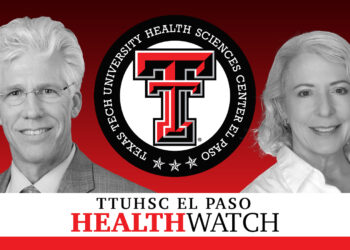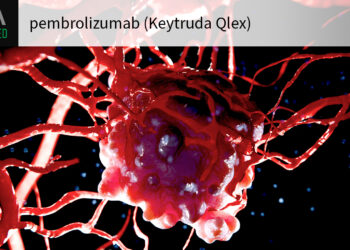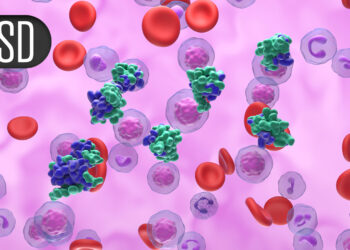The gap between a brain’s chronological age and its predicted age on brain imaging appears to be a strong mediator of risk factors for cognitive decline, especially in individuals with cerebrovascular disease (CeVD), new research suggested.
In a cross-sectional study of more than 2000 participants, researchers used machine learning and brain scans to create a prediction model. An individual’s “brain age gap” (BAG) was then determined by subtracting the chronological brain age from the predicted brain age.
Results showed that a higher number of cognitive impairment risk factors were associated with lower cognitive performance scores — and that a larger BAG may influence this relationship, with the strongest effects observed in participants with CeVD.
In individuals with more markers of CeVD, such as microbleeds and infarcts, the BAG significantly influenced the link between cognitive impairment risk factors and overall cognitive function — particularly affecting executive function and language abilities.
“This suggests that accelerated brain aging, as measured by BAG, plays a disproportionate role in cognitive vulnerability among individuals with vascular pathology,” study co-investigator Saima Hilal, MD, PhD, assistant professor at the National University of Singapore, Singapore, told Medscape Medical News.
“While we expected BAG to have some mediating effect, the domain-specific nature of this influence was unexpected,” Hilal added.
The findings were published online on June 18 in Neurology.
Knowledge Gap
The investigators initiated the study to explore how the BAG neuroimaging-derived biomarker might help explain a connection between known risk factors for cognitive impairment and actual cognitive decline, particularly in Southeast Asian populations, Hilal reported.
“Prior research has largely focused on Western cohorts, leaving a gap in understanding how [CeVD], which is highly prevalent in Asia, may interact with BAG to affect cognition,” she said.
Additionally, she noted that CeVD often coexists with Alzheimer’s pathology in individuals from Southeast Asia. Understanding whether BAG could serve as a mediator in that relationship “could enhance early risk stratification and open new avenues for targeted cognitive interventions in at-risk populations,” Hilal said.
The researchers reviewed medical records for more than 2000 participants (mean age, 66 years; 53% men; 60% with no cognitive impairment) from the Singapore community and memory clinics to identify cognitive impairment risk factors.
For this, they used the Cognitive Impairment Scoring System (CISS), which consisted of 11 sociodemographic and vascular factors, including age, education, smoking status, blood pressure, and history of diabetes.
The investigators also measured cognitive performance using tests that assessed overall global cognition, executive function, language, memory, attention, visuomotor speed — which is the ability to coordinate visual information with motor actions — and visuoconstruction, which involves coordinating fine motor skills with spatial abilities.
Within the study population, 1437 did not have dementia and 646 served as the matched control group. All individuals had undergone structural MRIs.
CeVD burden was determined using markers associated with small and large vessel disease and cognitive dysfunction, including lacunar and cortical infarcts, cerebral microbleeds, and white matter hyperintensities.
‘Meaningful Biomarker’
Results showed a significant association between a higher CISS score (showing more impairment risk factors) and lower performance across all cognitive domains measured, especially visuomotor speed (β = -2.7; P < .001) and visuoconstruction (β = -3.0; P < .001).
In the full patient population, BAG significantly influenced the relationship between CISS score and global cognition (proportion mediated, 9%; P < .05), especially the domains of language (18%; P = .001) and visuoconstruction (10%; P = .008).
The effect was even stronger for those with high CeVD burden. In this group, the association between CISS score and overall global cognition was significantly mediated by BAG (20%; P = .01), as were executive function (34%; P = .03) and language abilities (27%; P = .008).
There were no significant effects in the low-CeVD-burden group.
“These findings underscore the importance of stratifying by vascular burden and considering domain-specific outcomes when investigating brain aging,” Hilal said.
“For clinicians, the key message is that the brain age gap can serve as a meaningful intermediate biomarker linking modifiable risk factors to cognitive decline,” she added.
The investigators noted, however, that the study’s focus on a Southeast Asian population only could limit the generalizability of the findings.
“Future longitudinal studies should verify these relationships and explore additional factors not captured in our model,” they wrote.
The study was funded by the National University of Singapore, the National Medical Research Council Singapore, and the Singapore Ministry of Education. The investigators reported having no relevant financial relationships.
Source link : https://www.medscape.com/viewarticle/mind-brain-age-gap-meaningful-mediator-cognitive-decline-2025a1000ife?src=rss
Author :
Publish date : 2025-07-11 13:41:00
Copyright for syndicated content belongs to the linked Source.













